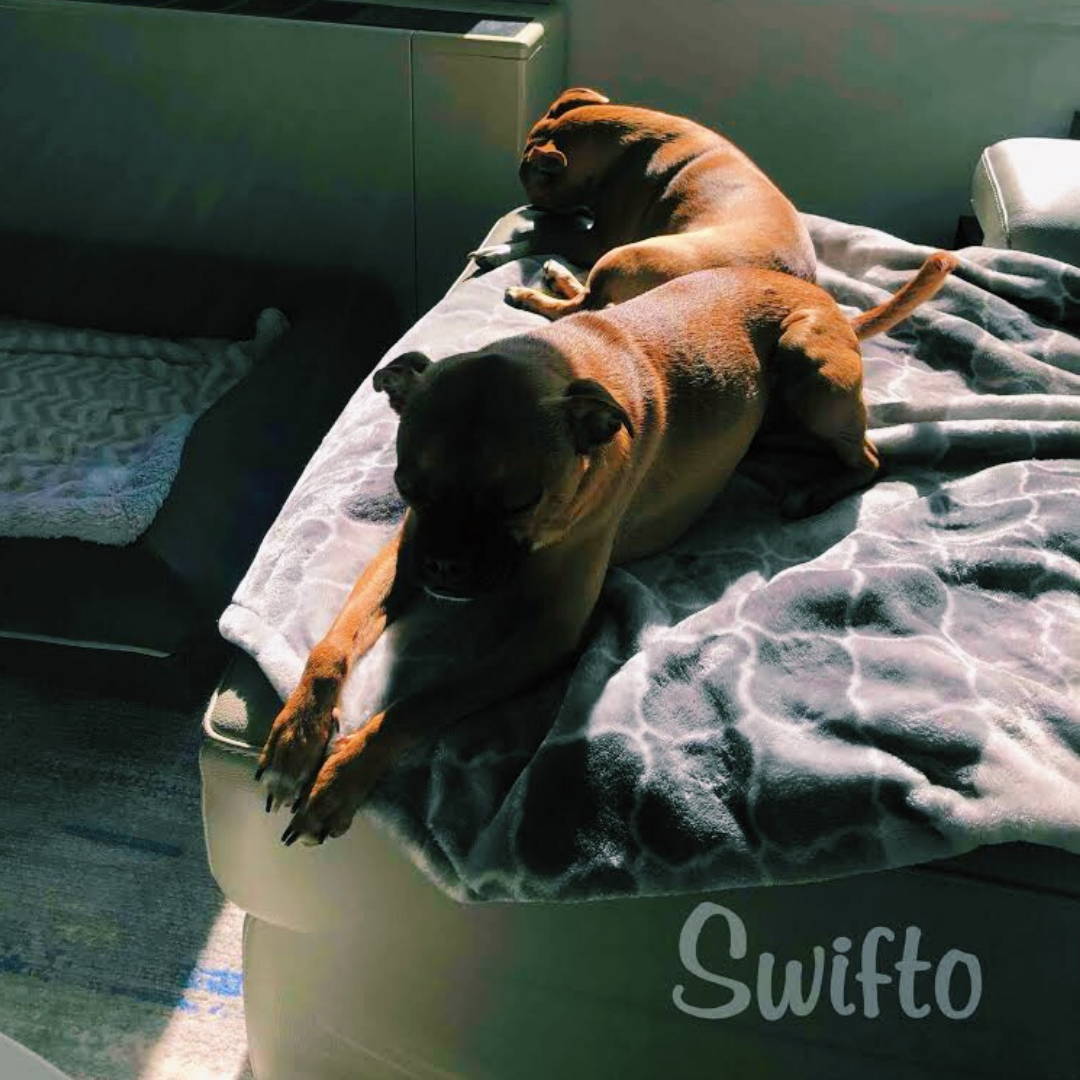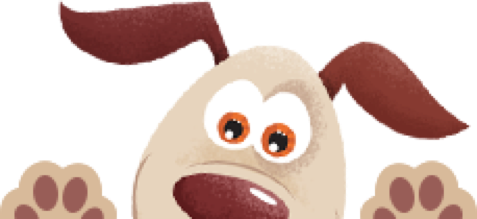Dogs can’t speak, so humans need to interpret their emotions through body language. It's important to remember that dog body language doesn't directly correlate with human body language. Swifto has provided a guide to help you understand your dog's emotions by observing different body parts.
Body/Posture
- Relaxed Dog: Tail down, standing or lying down without tension, eyes and ears pointed towards their focus.
- Playful Dog: Tail up, front legs on the ground with the backside raised (similar to the yoga "downward dog" position).
- Excited Dog: Perked ears, one paw in the air, and slightly bowed back legs.
- Alert Dog: Ears perked, back legs angled out, ready to run.
- Dominant Dog: Ears up and forward, tail up, and legs stiff.
- Anxious Dog: Tail low, head bent low to the ground, ears back (but not flat), and legs bent to hunch close to the ground.
- Submissive Dog: Showing their belly, tail close to the belly, legs up in the air. If rolling, it means they're passively letting you know they're not enjoying themselves (e.g., during nail clipping).
Ears
- Flat Against the Head: Denotes fear or aggression.
- Pricked Forward: Indicates attention or curiosity.
- Way Back but Not Close to the Head: Shows sadness.
Eyes
- Wide Open: Ready to play.
- Holding Eye Contact/Staring: A challenge.
- Breaking Eye Contact: Avoiding confrontation and being polite.
- Winking: A very happy, playful dog.
- Narrowed Eyes: Feeling aggressive; be cautious if followed by staring.
- Wide, Upturned Eyes: Feeling nervous or unsure.
Common Gestures
- Ears Up and Head Cocked to the Side: Uncertainty or curiosity.
- Paw Raised and Touched to Another Dog or Owner: Indicates need. Puppies raise their paw to their mother when they need to be fed.
- Hip Wagging: Deep in play.
- Head Shaking: Signifies the end of an activity, like pressing a reset button.
Common Dog Faces
- Wide Open Mouth with Slightly Upturned Lips: A happy dog, resembling a human smile.
- Bared Front Teeth: Non-active aggression, often seen when guarding a bone or favorite toy.
- Mouth Stretched Back and Slightly Open: Indicates pain.
- Yawns: Relieve stress, signal confusion, or tiredness.
- Lip Licking: Shows submission or that the dog is trying to disperse hormones if they have a crush.
- Licking People and Other Dogs: A greeting; long, prolonged licks indicate intimacy or a desire to comfort.
How Swifto Can Help
Understanding your dog's body language is key to ensuring their happiness and well-being. At Swifto, our experienced dog walkers are trained to recognize and respond to your dog's needs. Whether your dog requires more exercise to alleviate anxiety or simply needs a companion to brighten their day, we provide personalized care to keep your furry friend happy and healthy. Let us help you give your dog the attention and care they deserve.


